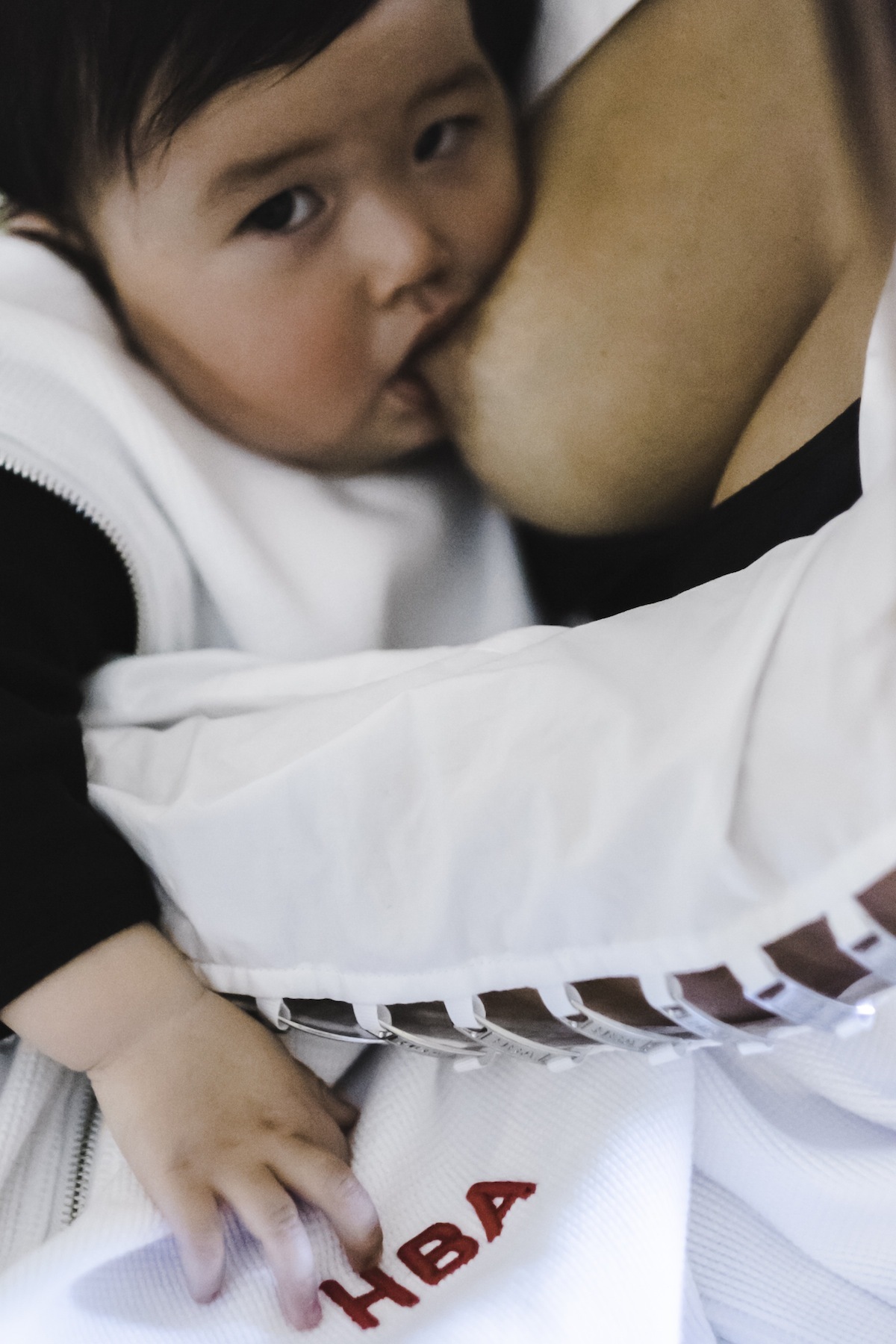To say Maroon World — a just-launched biannual publication — is unlike other magazines would be an understatement. The ten editorials comprising its inaugural issue do not appear in sequential order; each story’s images aren’t presented cohesively, but shuffled together. This bold break from traditional layout forces viewers to consider how these images interact and coexist. The magazine is also wordless: no editor’s letter or table of contents — just immediate immersion into the richly colorful world the magazine depicts.
This non-traditional format isn’t the only reason Maroon World is an outlier among its glossy peers. Its contributors are familiar (Hood by Air, Ashish Gupta, Naomi Yasuda, and Jay Boogie all share space in its debut issue), but you’ve never seen their work like this. This is because Maroon World considers the nexus between fashion, culture, and art through an entirely POC perspective. Whether it’s images of toddlers getting ready for school in sparkly Ashish or a Hindu bride preparing to to walk down the aisle, each of Maroon World‘s pages is permeated by the beauty and struggle that shape the everyday POC experience. Ahead of last night’s launch at Powerhouse Books in Brooklyn, we caught up with Maroon World‘s newly engaged founders, Travis Gumbs and Cynthia Cervantes.
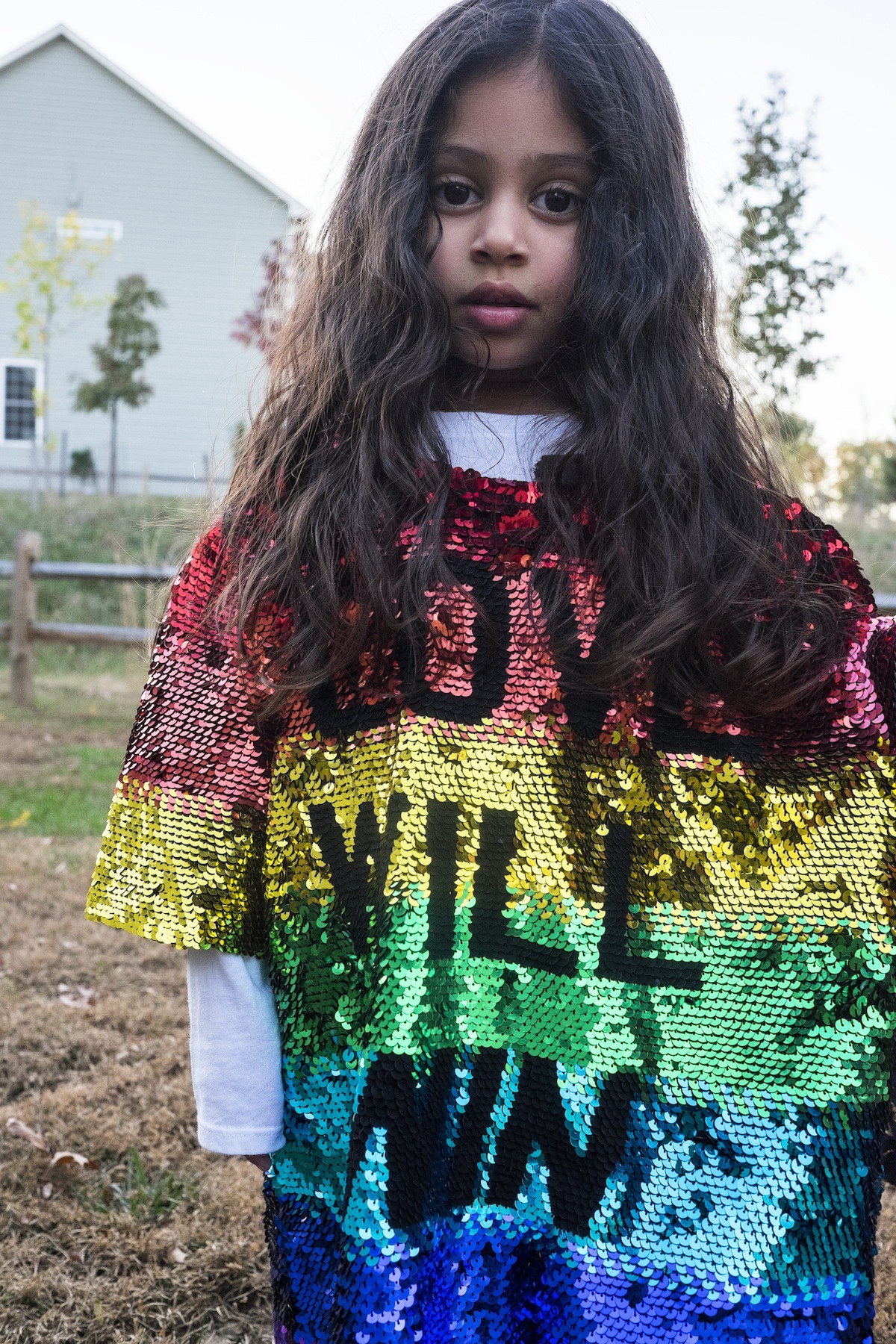
How did you two begin working together, and what motivated you to launch the publication?
Travis Gumbs: When we first met, Cynthia was an assistant principal at a high school in the Bronx, and I’m from the Bronx, so we initially clicked about that. I have a creative agency with a friend of mine, called Street Etiquette, and we do work for different clients, create content for them. After Cynthia left the school, she worked on special projects for Dover Street Market and Comme des Garçons.
Cynthia Cervantes: It was a definite crash course in efficiency and how to get things done.
TG: When she left Dover, we started working together on the agency projects [Street Etiquette] already had happening. It’s hard when you have a client and you create something that might be a little bit too left-field for them. They, of course, have a say in how they want it to look; but at the end of the day, you know how it should look. It just got to a point where we wanted to do something that was for us — for ourselves and for our community.
CC: In doing client work, there were often times that we’d say to ourselves, “It would be really dope if we could explore this concept in this way.” But we knew it would be too much for the client, because we’ve been given different comments that let us know it was maybe too black, too Latino, too whatever for them. We’ve gotten calls asking if we could Photoshop something out; we’d go look at it, and find that it was something important to us, but the client believes it’s too heavy, too strong. So those sorts of conversations, those sorts of calls, those awkward moments with clients are really what lead to this. We asked ourselves why we weren’t doing it ourselves.
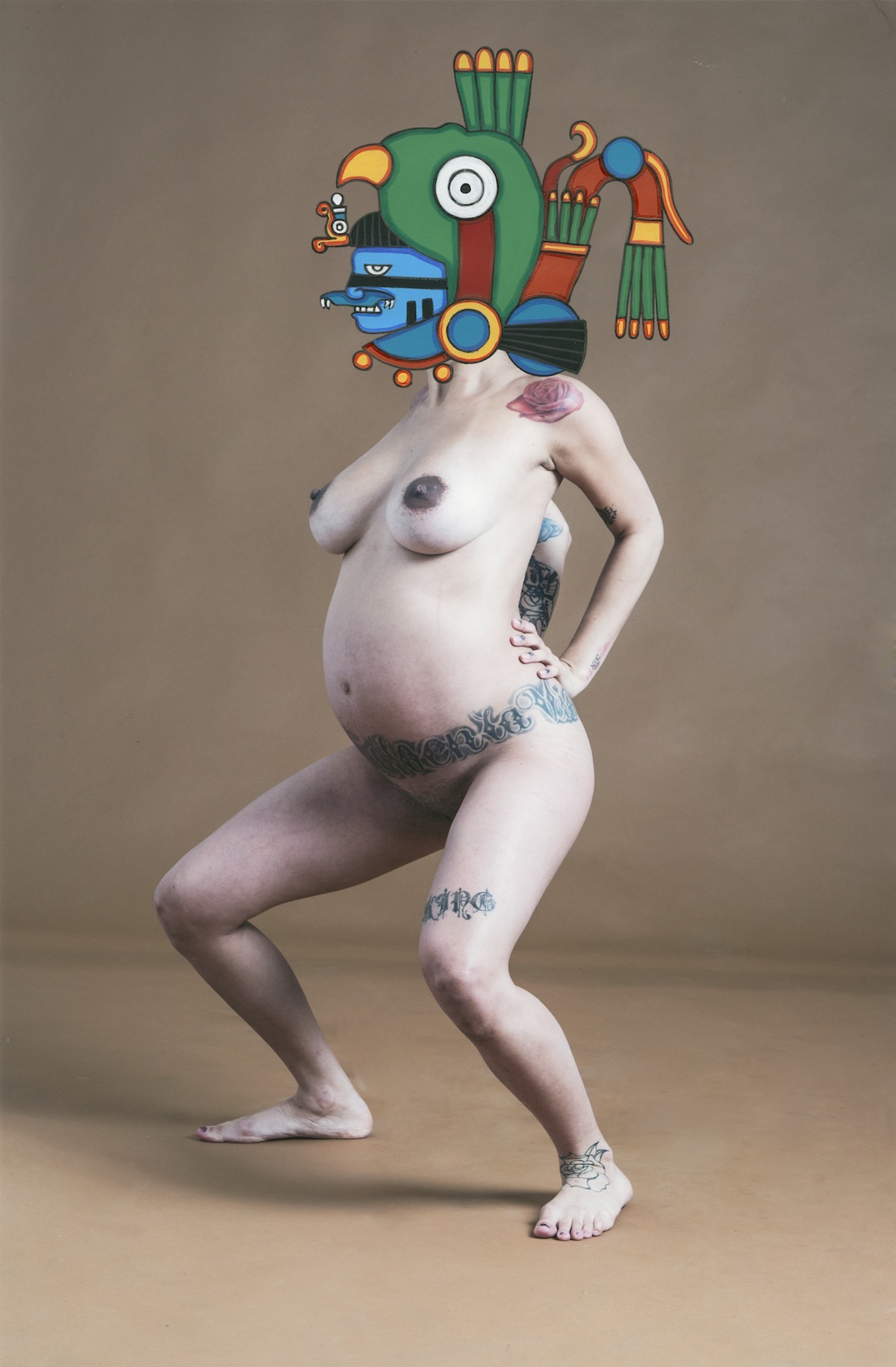
What were your guiding ideas and principles when putting Maroon World together?
CC: We really wanted to showcase life from a POC perspective. We wanted to talk about our lives and talk about things that we see, that we think are beautiful — and you can find a lot of beauty in struggle. We have [images of] a Hindu wedding, and when you see it, the beauty is immediately striking. But imagine a person growing up in the United States who thinks their whole life about the dress they’ll wear and the things they do when they get married. For us, for our friends, it’s not that way. So we wanted to see that experience represented in a way that didn’t feel trite, a way that felt really natural. We show a friend’s family fixing her veil before she walks down the aisle. It’s not a white dress and it’s not a white veil, but it’s a very special moment. And that translates no matter what culture you come from.
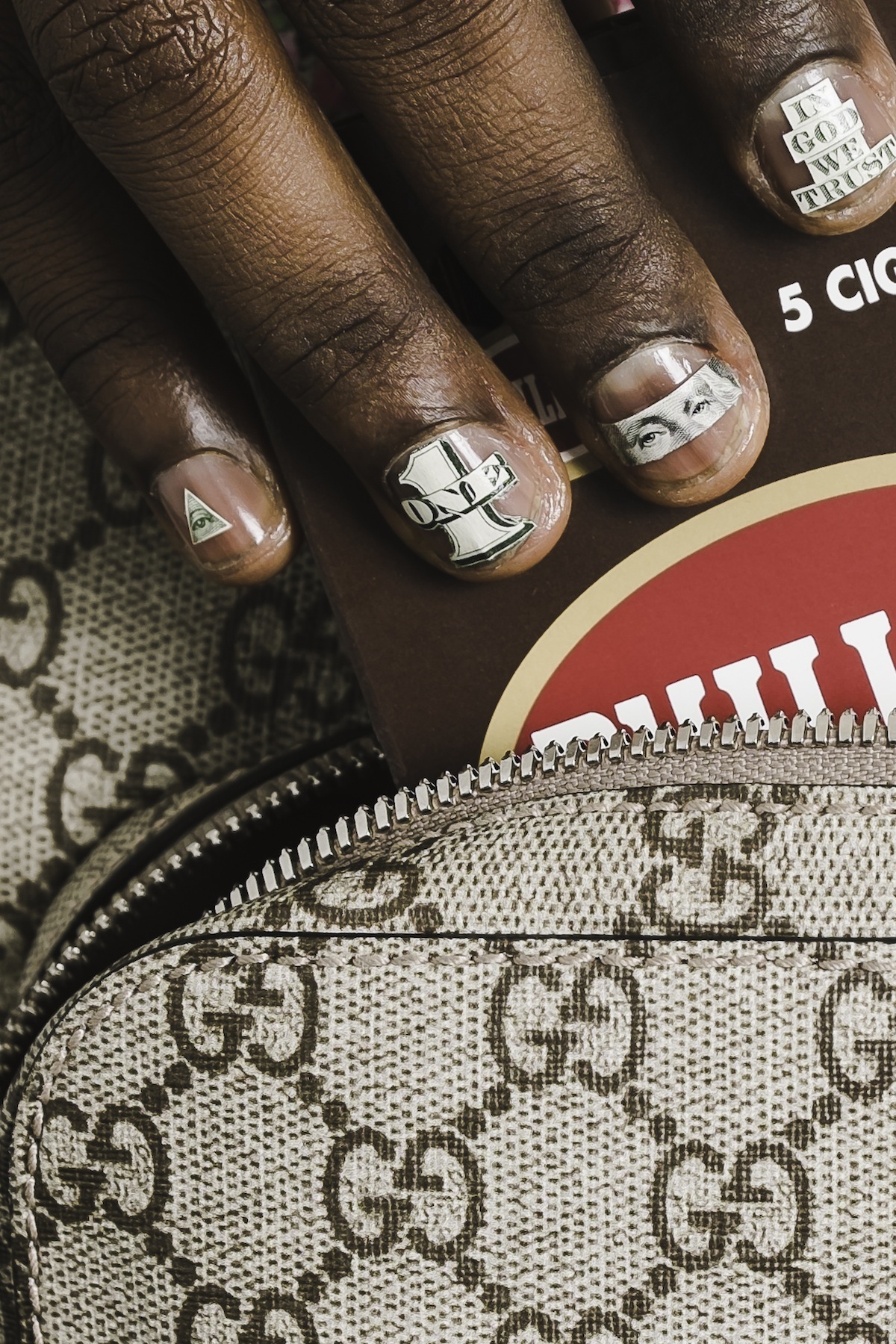
What motivated you to work with the designers and artists you’ve represented? The story with children in Ashish is amazing.
CC: Especially as a couple, we share a lot of private moments. And one day we were just talking about how for us, at a young age, fashion was an outlet — not only to identify yourself as someone who was maybe different, but as a way to communicate to others, “This is what I’m into.” We really tried thinking about at what point in our lives we realized that fashion, or making our own clothes, became something that we were very conscious of. So we wanted to showcase really young children in POC designers — we have Gypsy Sport, Ashish, Hood by Air. It’s about saying, “This is who we relate to,” because these designers are now heroes for younger people.
TG: The nail editorial came from wanting to touch on, especially for black males, being comfortable with stuff that’s considered feminine. We worked with Naomi Yasuda on men’s nails that considered it: so you have the guy pulling out the Phillies with money from a Gucci bag — you totally know who that guy could be. Then there’s gold jewelry, on the subway, with the basketball.
CC: It’s these very simple moments that are sort of taken for granted. Even the Homies story, it’s using a toy that’s a hood staple and asking, “Who’s to say fashion isn’t for us?”

Maroon World is emerging at a time when the fashion industry is being forced to reckon with its whiteness, as is American culture. Why now?
CC: We’ve been together for four years, and one of the deepest moments we’ve had in our relationship was when George Zimmerman was acquitted. I remember crying my eyes out; Travis came home and was so upset. We had a really long conversation and from that moment, knowing that we were allies and on the same page, we wanted to say something, wanted to do something. We wish we could go to Standing Rock and be there for weeks. What can we do? Create. Really say to everyone: We are here, we need to celebrate each other. We’re beautiful people and we need to see ourselves, acknowledge it, and know that there’s nothing wrong with us. Our lives — no matter how difficult — are worth celebrating.

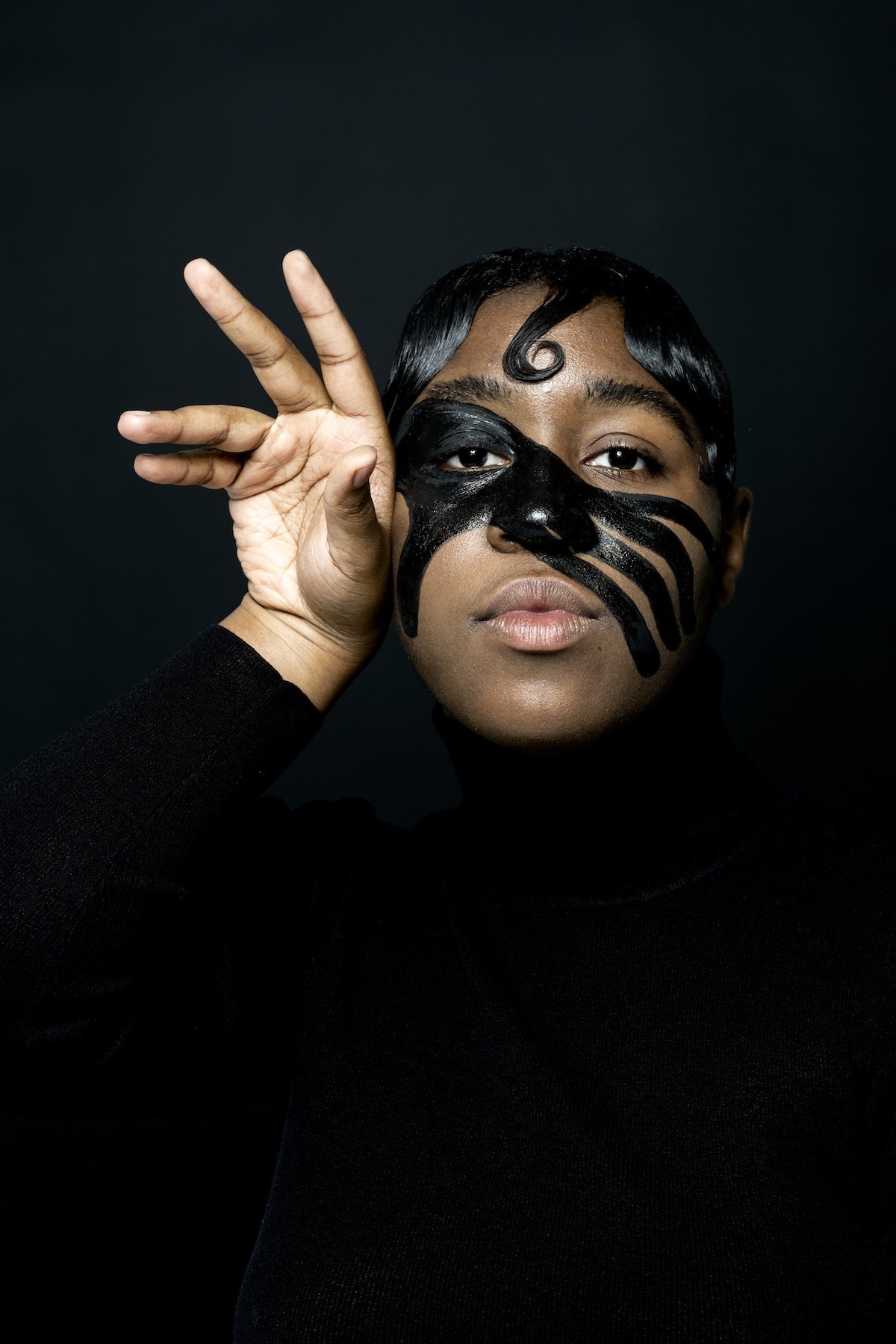
Credits
Text Emily Manning
